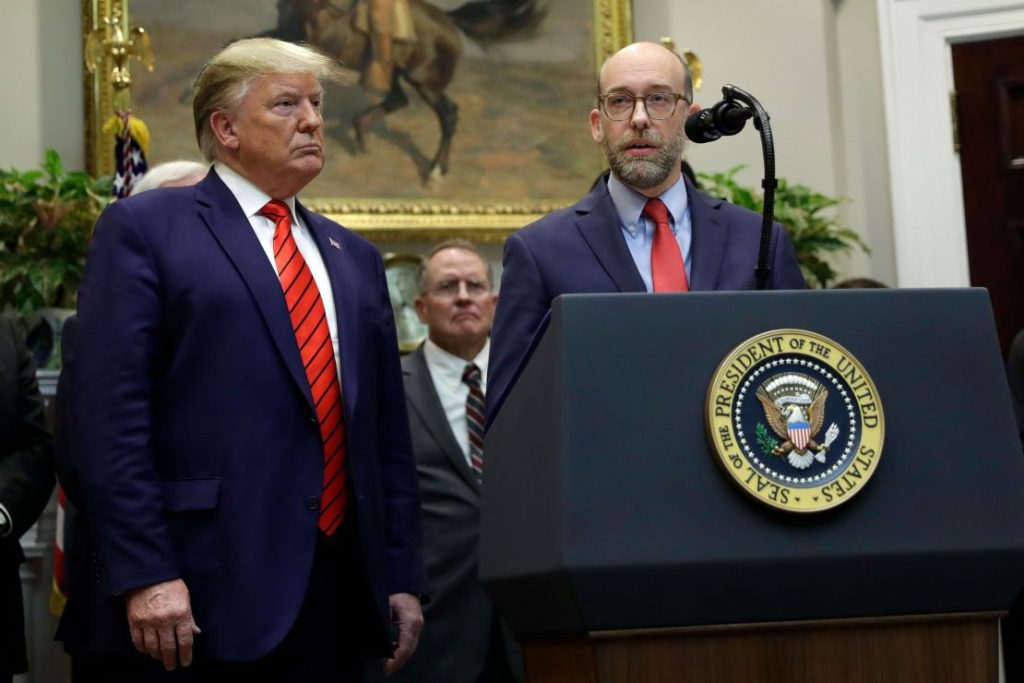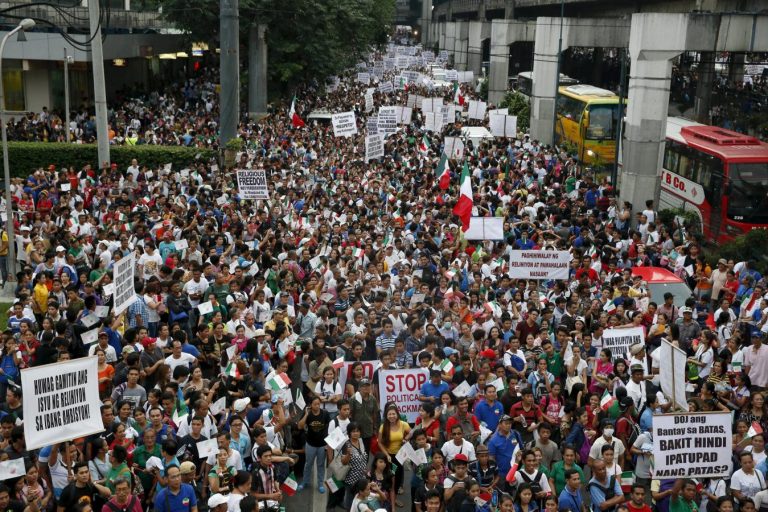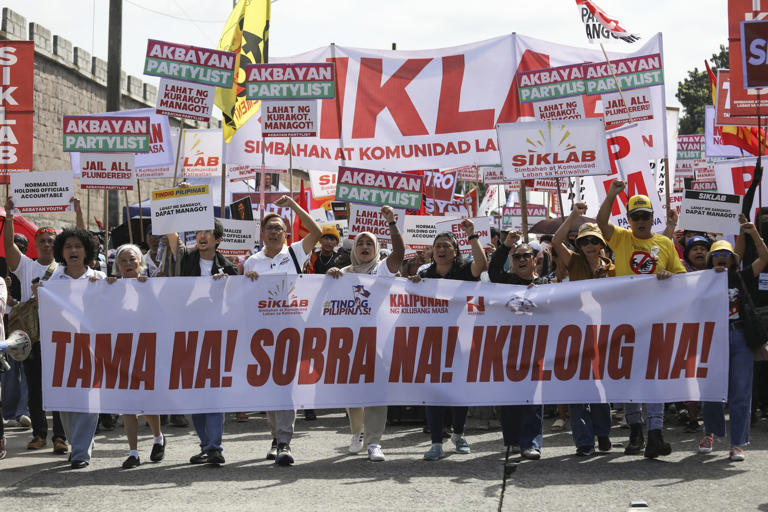
The United States government officially entered a partial shutdown after Congress failed to pass a new funding bill before the September 30 deadline. This marks the first federal shutdown since 2018, affecting hundreds of thousands of federal employees and government services across the country 【The Guardian】.
More than 900,000 federal workers were placed on furlough as agencies suspended or reduced operations. Essential services like air-traffic control, national security, and postal operations continue, but research programs, museum operations, and educational grants have been put on hold 【AP News】.
🏛️ Political Standoff
President Donald Trump and congressional leaders remained deadlocked over spending priorities—especially cuts to healthcare programs and federal aid projects. The president described the shutdown as an “opportunity to trim bureaucracy and redirect federal spending”, drawing sharp criticism from Democrats 【The Guardian】.
Senate Majority Leader John Thune warned that prolonged gridlock could erode public trust and damage economic stability. Economists estimate that every week of shutdown could cost the U.S. economy up to $3 billion in lost productivity and tourism.
💬 Reactions
- Federal Employees: Rallied outside the Capitol, demanding quick passage of a funding bill.
- Opposition Lawmakers: Accused the administration of “holding federal workers hostage for political leverage.”
- Analysts: Say the standoff may become a defining test of Trump’s second-term leadership.
📊 Key Facts
- Shutdown Start: October 1, 2025
- Agencies Affected: Departments of Education, Commerce, Health & Human Services
- Workers Furloughed: ≈ 900,000
- Estimated Economic Loss: $3 billion per week















